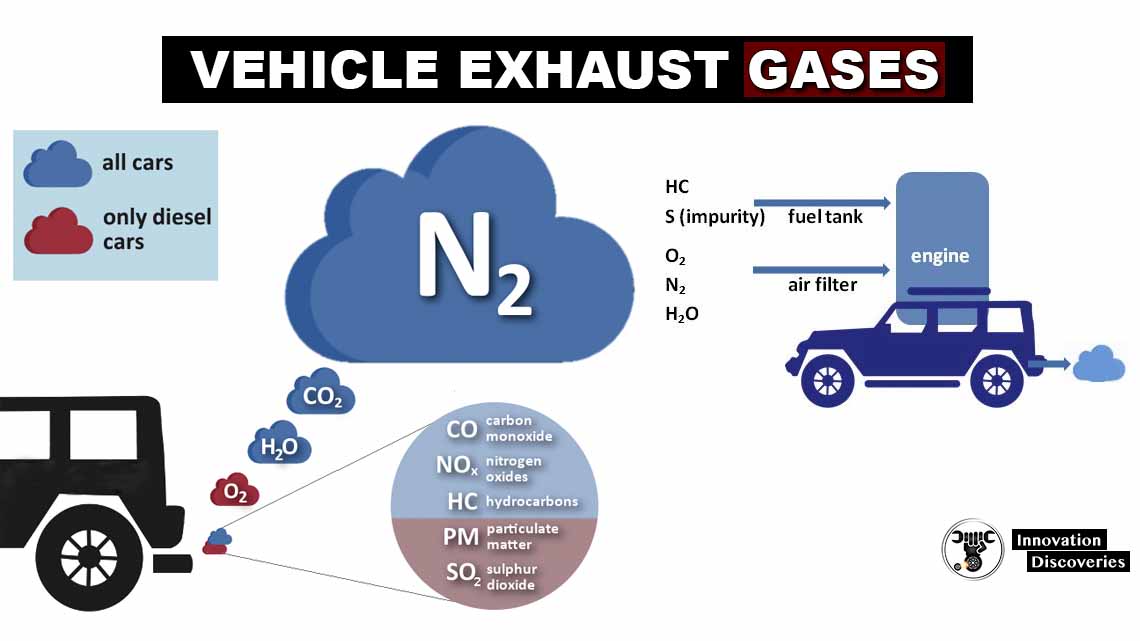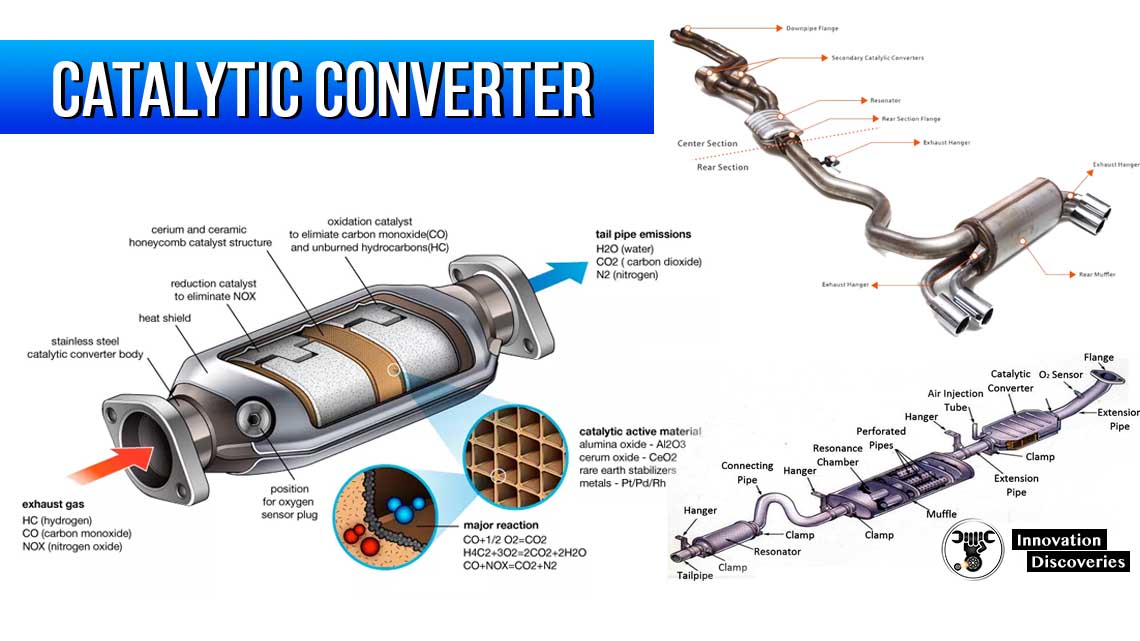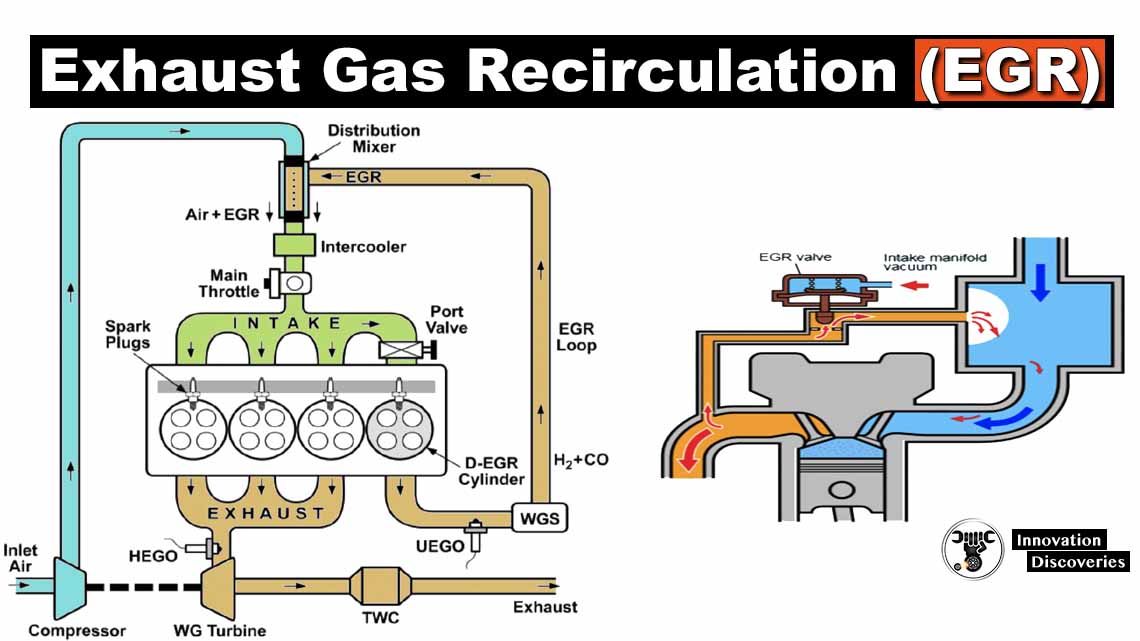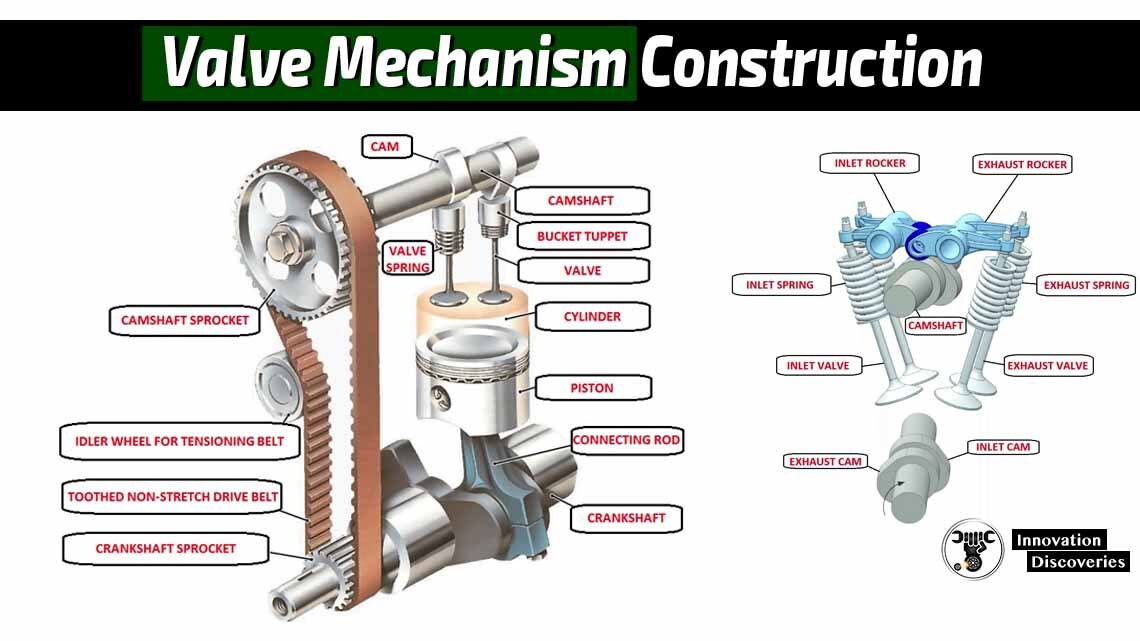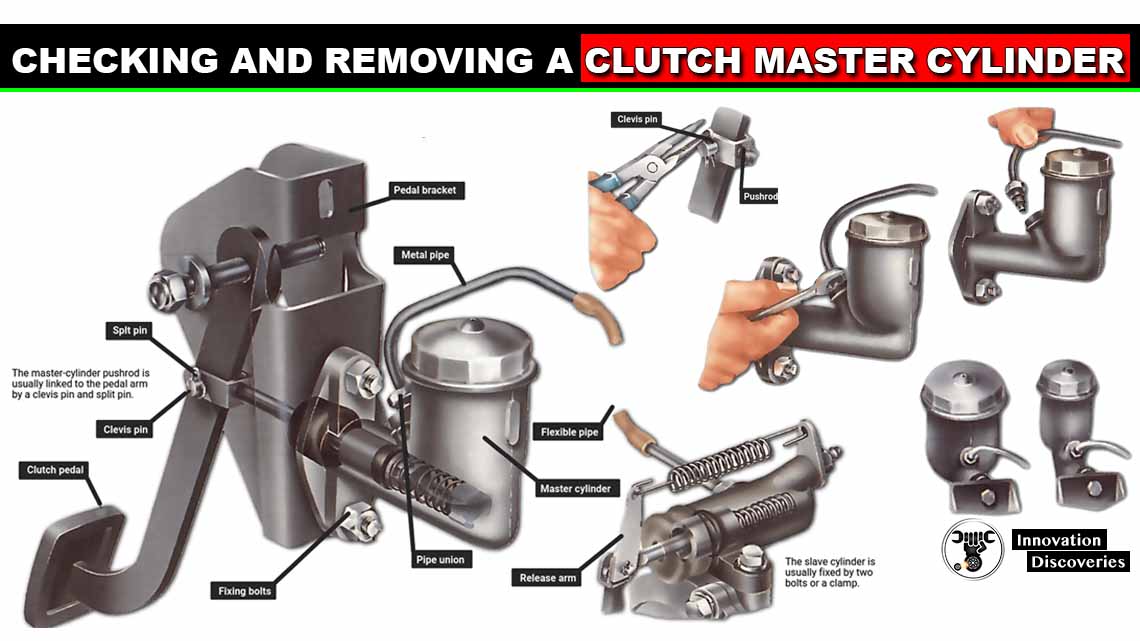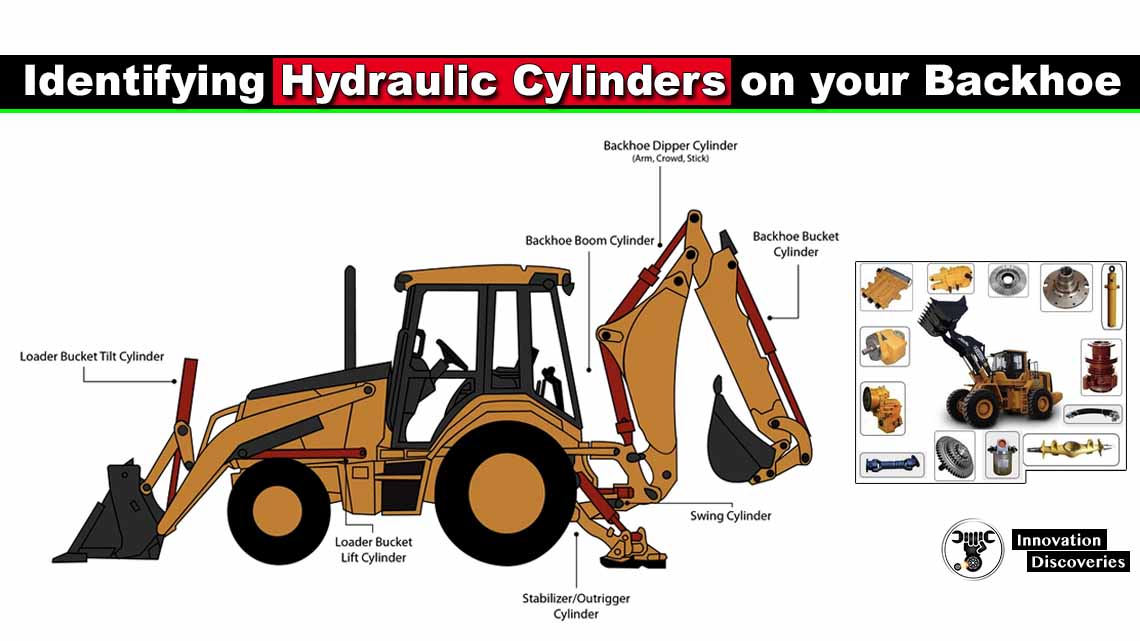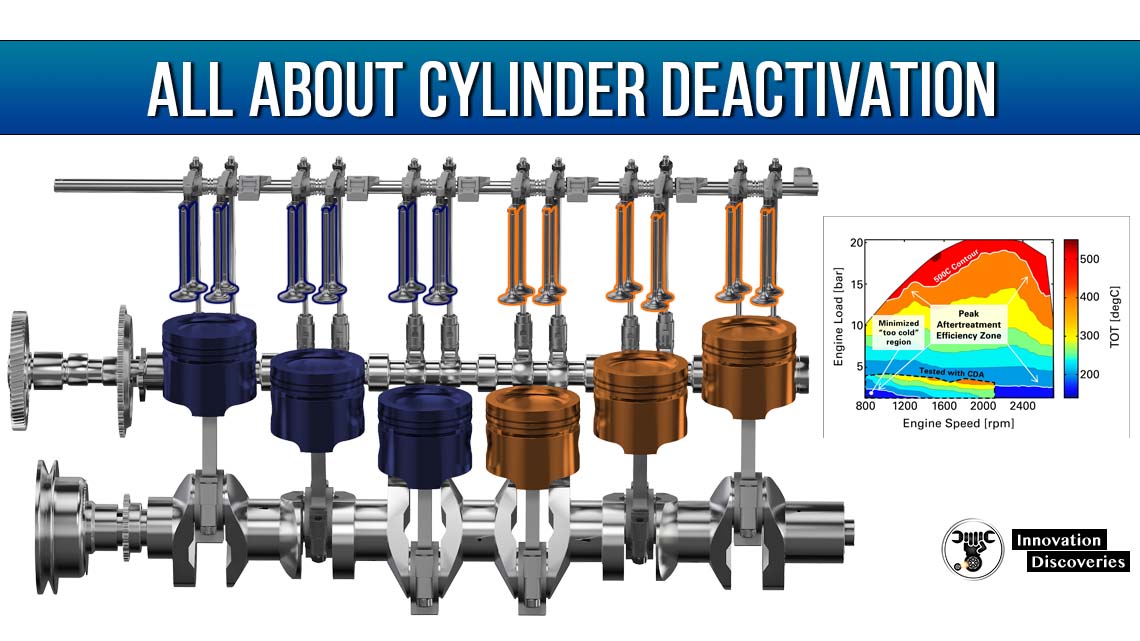
Cylinder Deactivation, or CDA, is a technique in multi-cylinder engines.
A combination of cylinders is systematically disabled, effectively reducing the engine’s displacement and improving overall engine efficiency and fuel economy.
CDA does achieve by deactivating the intake and exhaust valves for the deactivated cylinder.
Can do this on multiple cylinders of an engine providing variations of active cylinder displacement.
For gasoline engines, this done to improve pumping work and increase fuel economy.
Cylinder deactivation is not just for gasoline engines.
In diesel engines, cylinder deactivation use for exhaust heating.
By deactivating cylinders at low loads, the remaining active cylinders work harder and produce more heat, which gets the after-treatment system hotter quicker and reduces emissions.
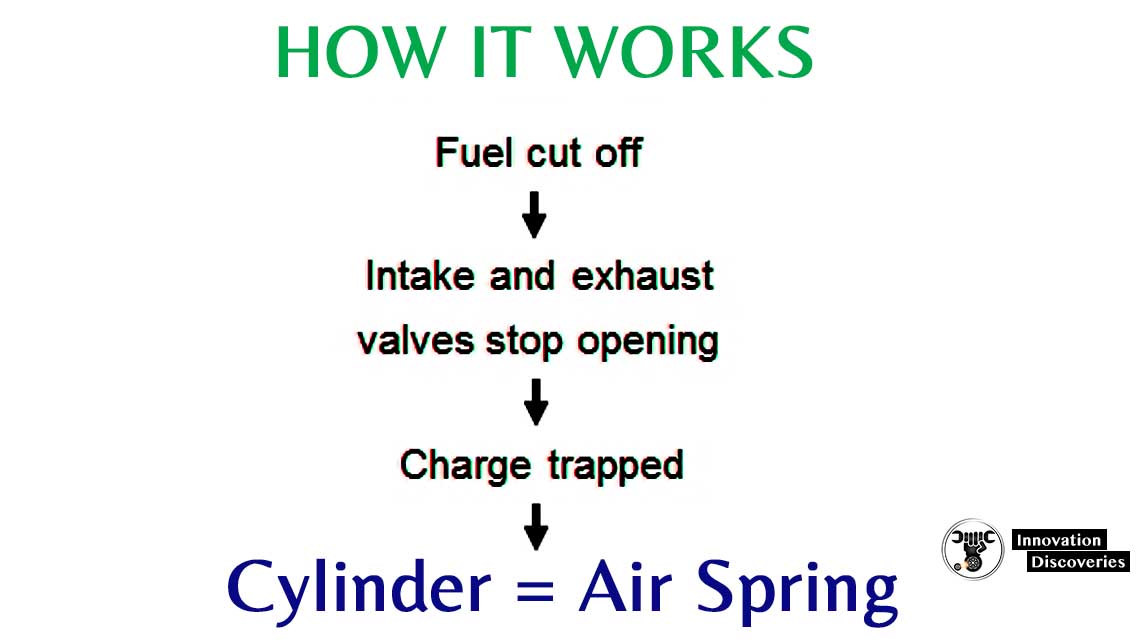
Learn more below.
DON’T MISS
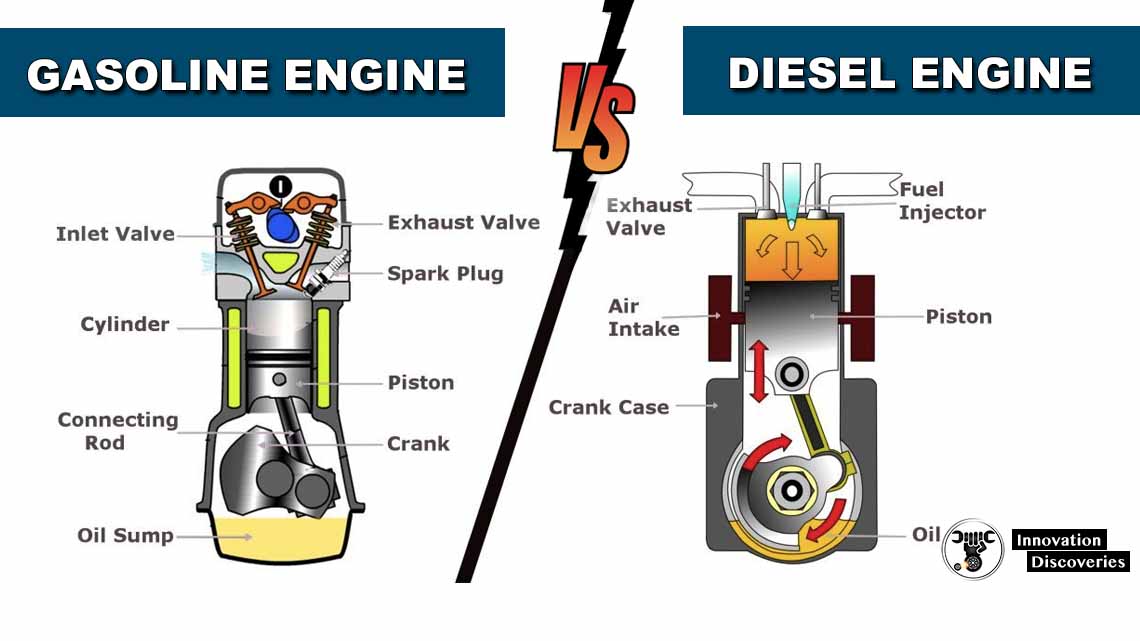
DOWNLOAD PDF: GASOLINE ENGINE MANAGEMENT | PDF
Benefits
Fuel economy
- Dual-mode operation delivers significant improvement in overall fuel efficiency by reducing pumping losses.
Optimized airflow
- Optimizes airflow efficiency with seamless switching from normal to low lift occurring in less than one camshaft revolution
Packaging
- Maintains centerlines and utilizing the existing envelope

Gasoline engine cylinder deactivation
In gasoline engines, CDA essentially operates fewer cylinders at higher power providing displacement on demand.
It optimises engine performance by providing full power when required and increasing efficiency when less power does need.
Diesel engine cylinder deactivation
It can use diesel cylinder deactivation (CDA) and early/late intake valve closing (IVC/LIVC) technologies to reduce fuel consumption between five and 25 percent, increase the rate of after-treatment warm-up, and maintain higher temperatures during a low load operation.
These can also be used at road loads to achieve active diesel particulate (PDF) regenerations without requiring the traditional method of dosing the diesel oxidation catalyst.
Read:
Vehicle acceleration does limit by the engine’s ability to increase the airflow quickly enough to allow the addition of sufficient fuel to meet the desired torque and power.
Results show that it is possible to operate a diesel engine at low loads in CDA without compromising its torque and power capabilities,
A key finding in enabling the practical implementation of cylinder deactivation in diesel engines, which initial testing shows have no negative effects on engine response.
EIVC/LIVC modulation reduces the effective compression ratio, decreasing nitrogen oxides (NOx) through reductions in in-cylinder temperatures before, during, and following combustion.
EIVC/LIVC enables the engine calibration to be tuned for better engine efficiency, including earlier injection timing.
Selective catalytic reduction (SCR) systems operate most efficiently when temperatures are between 250 and 450 degrees Celsius.
Once the after-treatment has reached this temperature range, it is preferable to maintain turbine outlet temperature (TOT) within this range so that dosing of the diesel oxidation catalyst, which still requires temperatures above 250 degrees Celsius, is not needed to keep SCR temperatures elevated.
CDA and EIVC/LIVC technology can operate at up to 3 to 4 bar BMEP at all speeds, which reduces emissions by improving after-treatment thermal management while providing the welcome side effect of better fuel economy.
Can use these technologies at higher loads for DPF regeneration.
Similarly, IVC modulation can be used at higher loads to enable Miller cycle operation to improve engine fuel efficiency.
Other variable valvetrain functions include exhaust valve opening (EEVO) and internal exhaust gas recirculation (EGR), which help heat the exhaust for improved catalyst efficiency and improved emissions.
Read:
- STATE EMISSIONS INSPECTION
- EXPLAINED DTC: P0446 EVAPORATIVE EMISSION CONTROL SYSTEM VENT CONTROL CIRCUIT MALFUNCTION
- THIS OLYMPIC SWIMMER RUN IN THE EMISSIONS OF THIS FUEL CELL CAR | INNOVATION DISCOVERIES
- 6 SIGNS YOUR CAR NEEDS A TUNE-UP
Methods of Cylinder Deactivation:
There are 2 methods to achieve cylinder deactivation:
- Pushrod Design
- Overhead Cam Displacement Design
Pushrod Design
In this method, a solenoid can alter the oil pressure supplied to the hydraulic valve lifters.
When a cylinder is deactivated, the corresponding valve lifter is collapsed by cutting the oil pressure.
Once collapsed, the lifters are provided with an internal mechanism that enables the lifter to telescope within itself when the oil pressure is cut off.
The lifter won’t be able to lift the pushrods, and therefore, the rocker arms won’t be able to actuate the valves.
Overhead Cam Displacement Design:
The camshaft has longitudinal splines.
Cam units are mounted on these splines, which can be displaced axially.
The cams can be axially displaced on both the intake and the exhaust sides. The cam units have two cam contours per valve.
One contour has a cam lobe that operates the valve.
The other contour has a continuous circular base.
The cam units are displaced with the help of a double actuator.
The actuator shifts the cam units to replaces the contour with the cam lobe with a continuous circular base.
As a result, the rocker arm stays motionless, and the valve remains closed.
Read: 4 COMMON ENGINE MISFIRE CAUSES
Visit Forum
Visit Our Friendly Website


